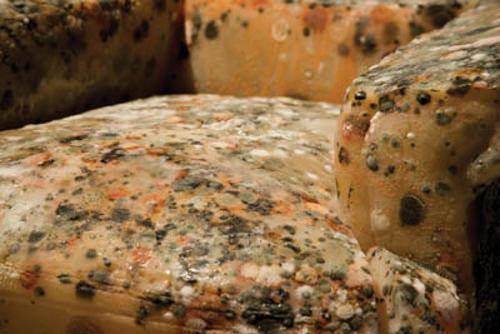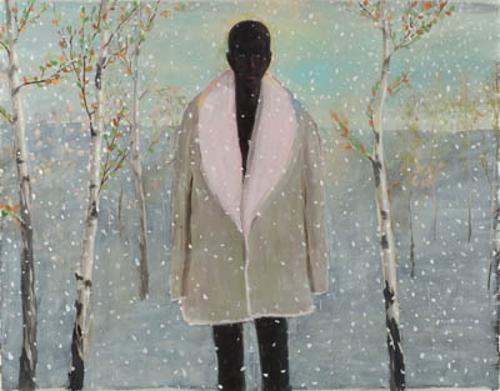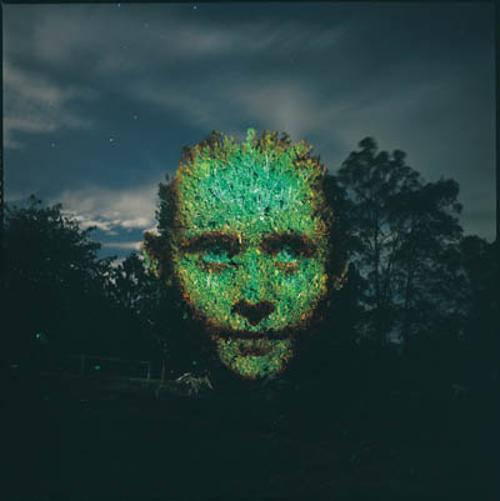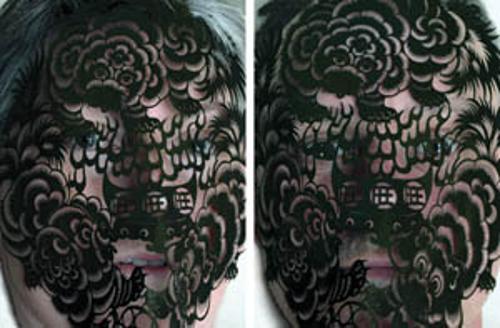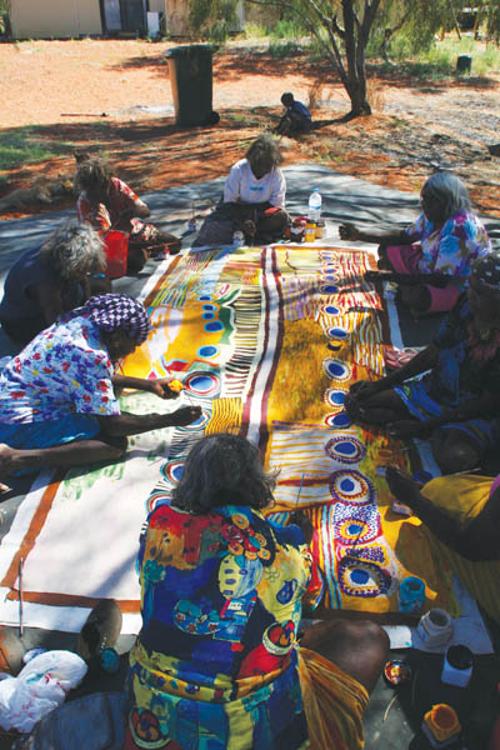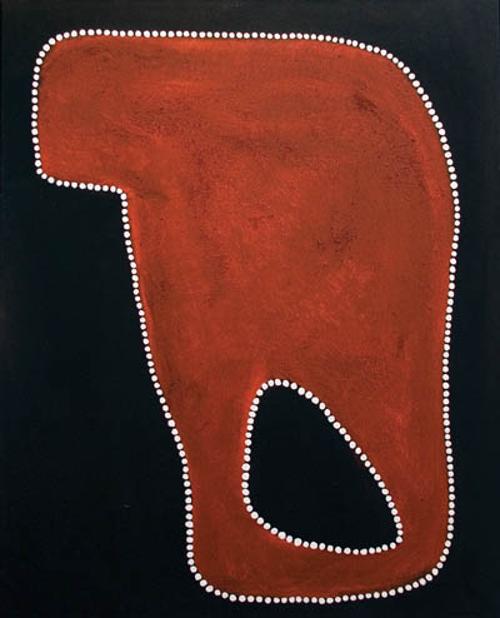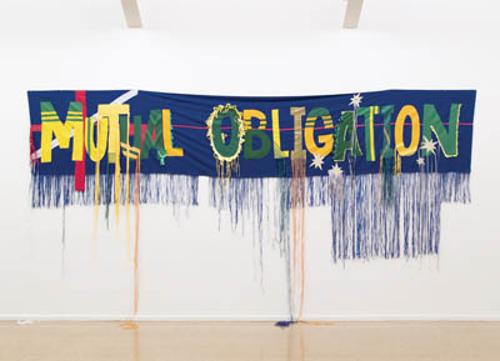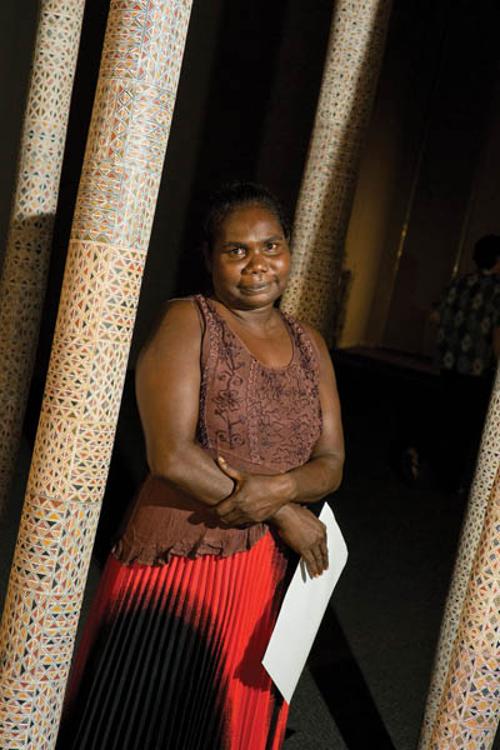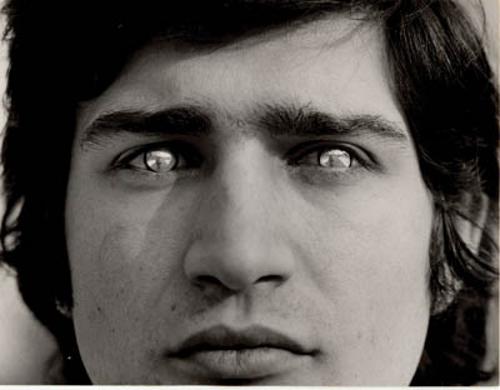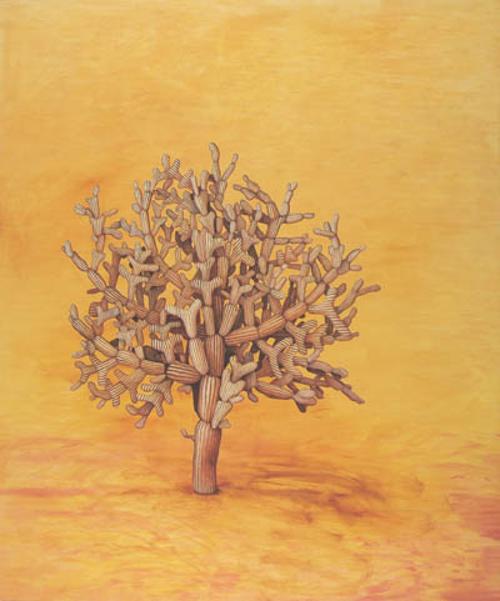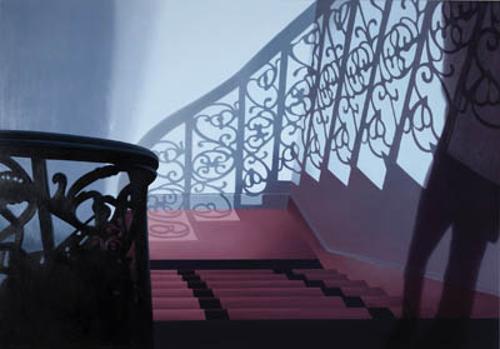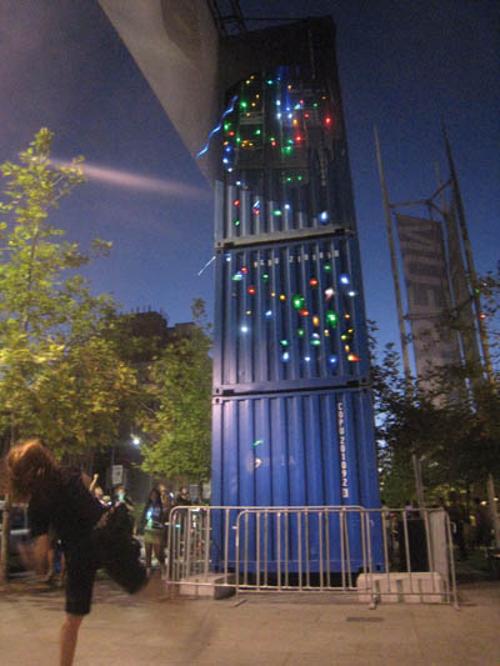Deborah Kelly's gods, monsters and probable histories
Each of Deborah Kelly's projects has multiple identities and is cut to fit a certain idea. They are 'both nomadic and site-specific, traversing worlds from art institutions to supermarket shelves and creating multifarious audiences along the way'. Her best known work 'Beware of the God' was first projected over the MCA in 2005 and was last seen at the 2008 Singapore Biennale.

